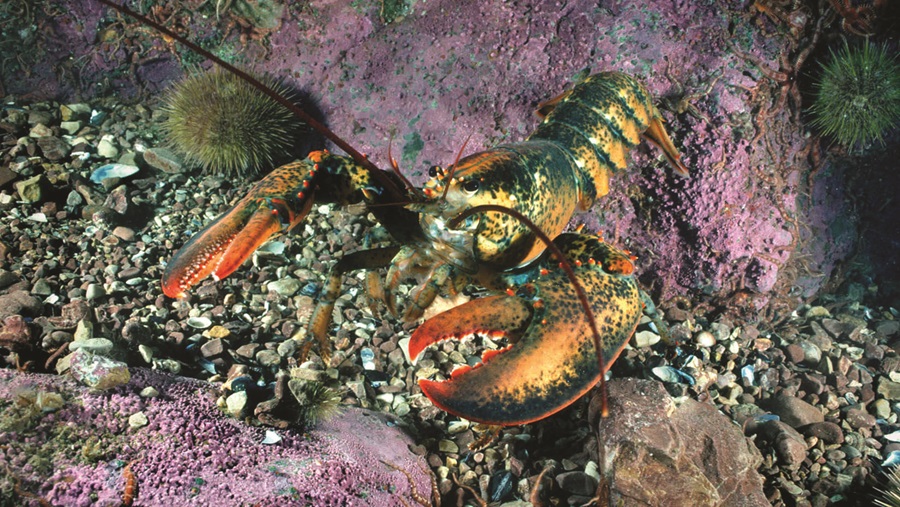If we want to imagine the future, it’s a good idea to take a close look at the young. Last week I wrote about five years of declining striped bass spawns in the Chesapeake Bay, their primary spawning and nursery grounds, where this past spawn was the worst since 2012.
There’s been a drop in populations of juvenile lobsters as well. Researchers have been finding significantly below-average numbers of juveniles in the Gulf of Maine and Georges Bank since 2012, according to the National Oceanic and Atmospheric Administration. These areas are among the most critical lobster habitats in the country if not the world. Now the Atlantic States Marine Fisheries Commission is reporting that their surveys have detected a 39-percent reduction in small lobsters for 2020 to 2022 compared to 2016 to 2018 in these key habitats.
Word is that the New England lobster fishery might see amended regulations in 2024 regarding the size of keepers. Theoretically, new rules allowing lobsters to grow larger would give them the opportunity to reproduce at a higher rate.

The current allowed size of catch is between 3¼ and 5 inches, measured from the eye to the top of the tail; some commercial zones have the 3¼-inch minimum and no maximum, but most have an upper limit of 5 inches. New regulations would increase the standard by just 1/16 of an inch in certain fishing zones. How one can measure 1/16 of an inch accurately on a live lobster on the water is beyond me, but I guess we’ll see.
Capt. Dana Pazolt of the F/V Black Sheep in Provincetown is for a change: “Harvesting lobsters at 3¼ inches is a travesty and should be stopped,” he said. But he doesn’t think adding a sixteenth of an inch is enough; “This gate should be raised to 3 3/8,” he told me.
“A 3¼-inch female lobster has not had a chance to reproduce yet,” he said. Yet “92 percent of the female lobsters that make the 3¼ gauge are harvested the first year of their recruitment.” At 3 3/8 inches, Pazolt said, “50 percent of the female lobsters have had a chance to put on the eggs and replace themselves in the biomass.”
This from a man who traps lobsters for a living. The fact that he wants the minimum gauge raised further speaks volumes to me.
The American lobster fishery is a New England business but one dominated by Maine. Regulators wanted new rules to kick in next June if the juvenile population dropped by 35 percent, so we’re beyond that, though Maine fishermen have so far lobbied for delays, arguing they need time to coordinate with Canada.
Business would seem to be booming in Maine, with hauls routinely over 100 million pounds per year in recent years. They rarely approached that number before 2010. In fact, until 2008, lobstermen there had not topped 80 million pounds in a single year.
Fishing is a hard-to-predict business, though. The fishery had a value of $510 million last year, and nearly $390 million of that total was Maine’s, according to a story last week by Portland, Maine-based AP reporter Patrick Whittle. But even though that is a good number, it was also the lowest dollar value since 2013, as prices per pound fell at the docks.
The threat from the drop in juvenile populations appears to be related to the threat coming from warming seas, because one of the reasons baby lobsters are not faring well is the same lack of food — copepods and zooplankton — that has larval-stage striped bass struggling.
Black sea bass, whose numbers are rebounding rather nicely, may also be a factor. They eat a lot of baby lobsters, as evidenced by what’s found in their stomachs when they are caught and filleted.
For those at the southerly end of the lobsters’ range, add the fact that warmer water temperatures are making lobsters move farther north out of Long Island Sound and Cape Cod — and you truly have a fishery on the verge of collapse.
One thing is certain: lobstermen here will be watching how the catch rules are amended this winter and waiting to see how to take it from there.
